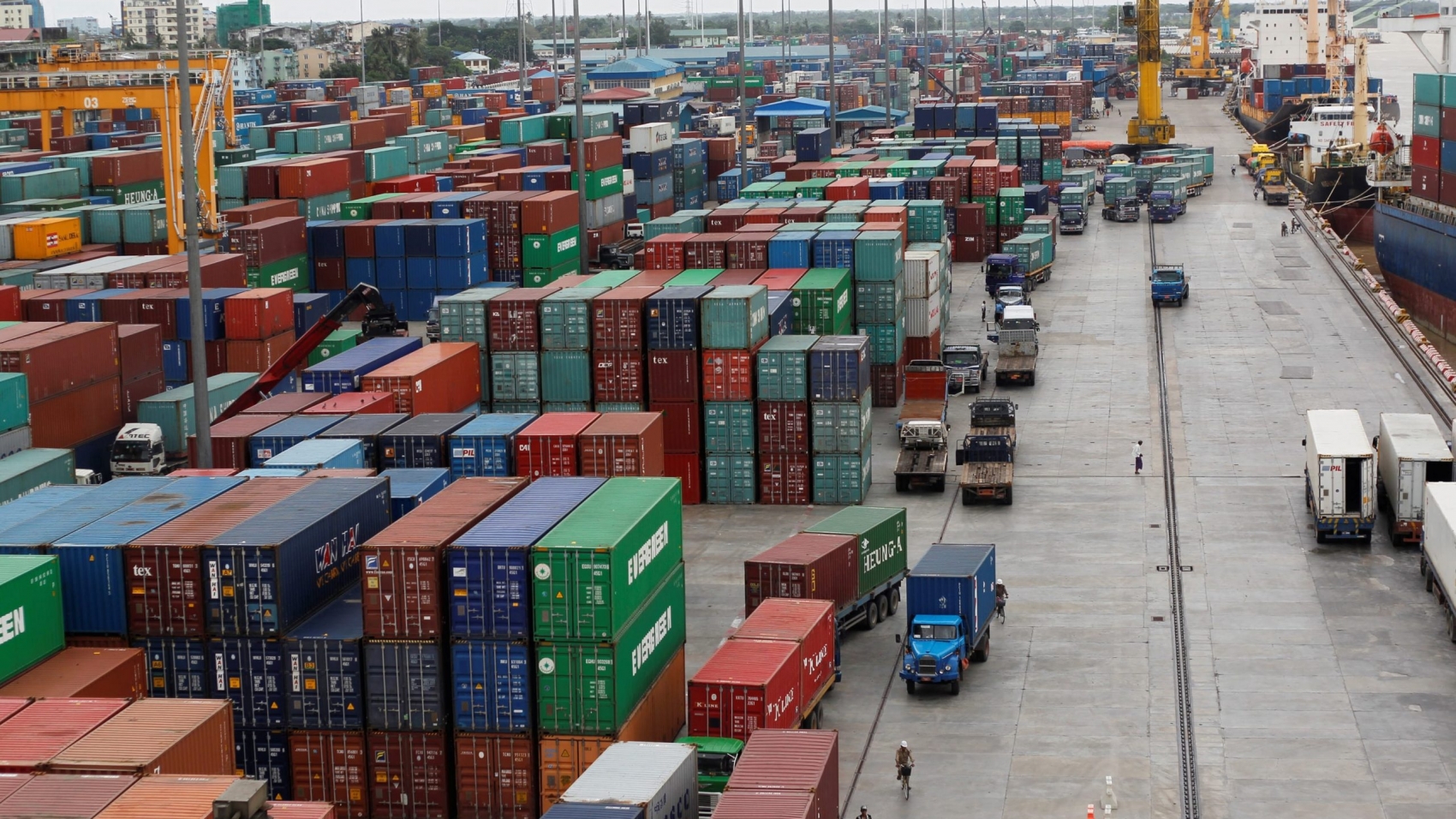On the morning of February 3, the exchange rate rose to around 1,410 US dollars and the local gold price to 1,367,000 kyats, according to market insiders. On the morning of February 2, the exchange rate opened at 1,340 kyats per dollar and the local gold price opened at 1330,000 kyats. On the evening of February 2, the exchange rate was 1,365 kyats per dollar. The local gold price rose to 1,344,000 kyats and on the morning of February 3, the exchange rate was 1,410 kyats per dollar. The local gold price continued to rise to 1367,000. The rise in the local gold price to around 1370,000 kyats was also a record high. The global dollar index, which hit a six-month high, hit 93.89 points in August. 94.75 points in September; 94.12 points in October; 94.24 points in November; 89.93 points in December; in January it was 91.02.
The dollar hit a record high of 1,650 kyats in September 2018, the highest level since May 2020, at more than 1,410 kyats. The lowest and highest monthly foreign exchange rates in the domestic market during the year were 1436-1465 kyats in February 2020; In March 1320-1445 kyats; In April 1395-1440 kyats; 1406-1426 kyats in May; In June 1412-1385 kyats; In July 1367-1413 kyats; In August 1342-1392 kyats; In September 1324-1362 kyats; In October 1297-1340 kyats; In November 1306-1327 kyats; In December 1326-1405 kyats; In January 2021, it was 1333-1355 kyats. On February 3, 2021, the exchange rates of other foreign currencies in the domestic market were 1600 Kyats; S $ 995 Malaysian ringgit 320 kyats Thai baht 44.3 kyats; Chinese yuan 210 kyats; It is 13.10 Japanese Yen.
The highest local gold price was 1,336,000 kyats on January 6, 2021, and a new record was set at 1,367,000 kyats on the morning of February 3. The price of gold in 2016 was 800,000 kyats. In 2017, it will be 900,000 kyats. In 2018, it will be 100,000,000 kyats. In 2019, it exceeded 110,000 kyats and 1200,000 kyats, and in September 2019, it rose to over 1310,000 kyats, reaching a record high of 1,367,000 kyats on the morning of February 6, 2021. The lowest and highest monthly gold prices in the last six months were 1275,000-1335,500 kyats in August 2020; In September, it was 1298,000-1332,000 kyats. In October, it was 1307,500-1319,000 kyats. In November, it was 1266,700-1,318,000 kyats. 1275,000-1333,000 kyats in December; In January 2021, it was 1316,500-13336,000 kyats.
Source: Daily Eleven

